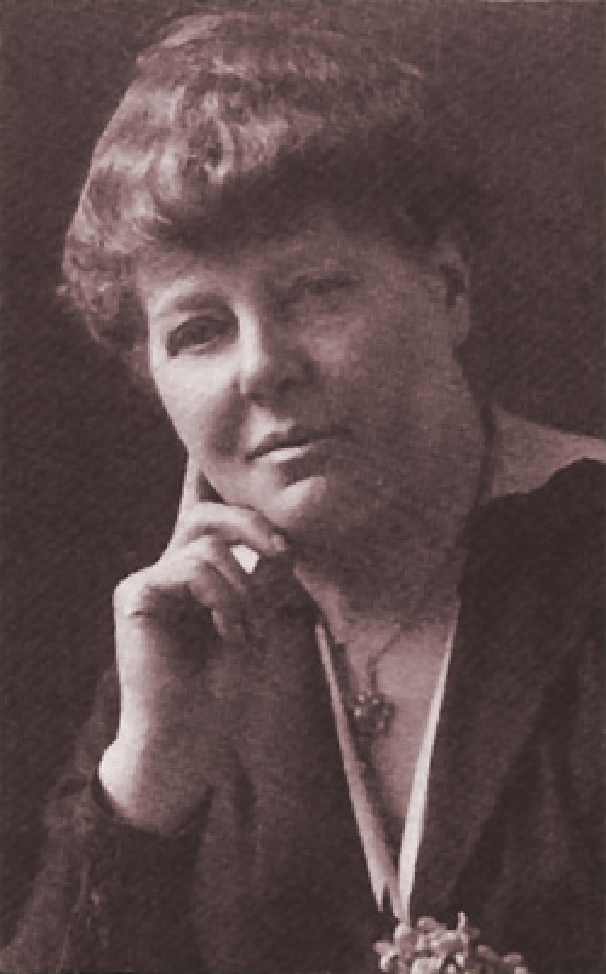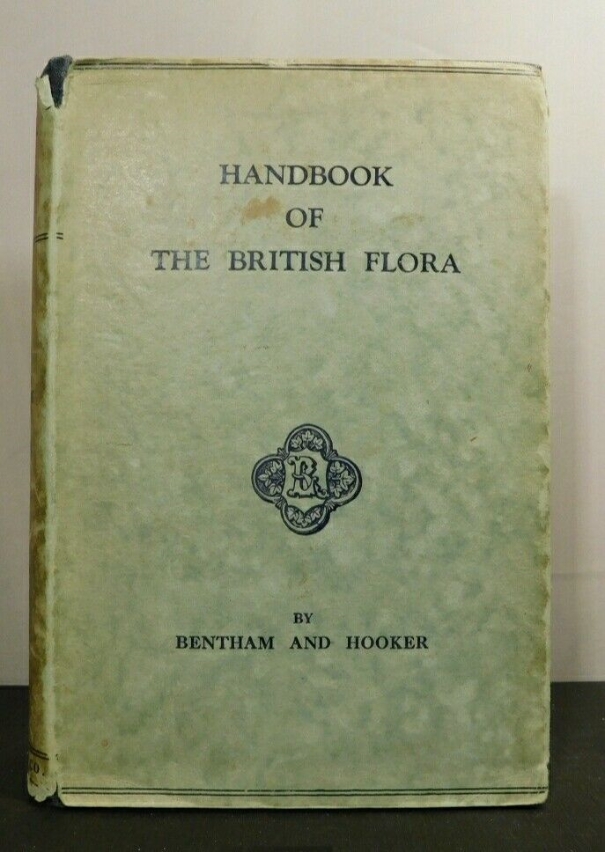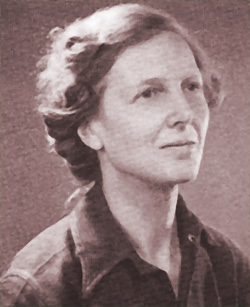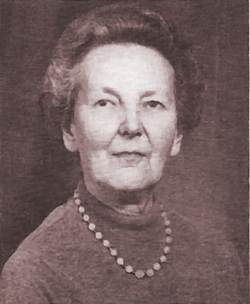In 1928 the family news takes up much of the Editor’s Letter when it recorded Violet’s marriage on July 4th to Commander C. M. R. Schwerdt, R.N. and her consequent resignation as Honorary Secretary, to be replaced by her sister, Hilda. Violet carried on with the secretaryship of the Northern Branch until she and her husband went abroad some years later; but Hilda who still lived at Flass, became our founder’s main support.
Developments proceeded apace. ln 1926 a new Branch, Valhalla (Branch Z) was established with twelve entrants in its first year. lt was listed as Z for Zealots (members of the Society who had won their spurs, but who wanted to take life a little more easily while still keeping a cumulative Diary). Miss Bacon (later Mrs Foggitt) was the first Secretary, and the rules were changed to allow them to touch but not pick.
This was followed in 1931 by the establishment of Branch I, the Lotus Eaters, for those who wanted after two years of ordinary collecting to go into a cumulative Branch. The new Branch did not compete with the tired warriors of Valhalla as the following little rhyme about the proposed Branch I explains:
Here’s a branch for the people who cannot attain
To such heights as the ‘lions’ of the Prizewinners gain.
But if Z’s for the zealots who peacefully rest
ln the fields of Valhalla, the land of the Blest,
Then I’s for the idlers who, wand’ring at will,
In the land of the Lotus, are happier still.“
This Branch too prospered.
Violet Schwerdt’s children were introduced very early to the Wild Flower Society. Indeed the correspondence column on one occasion includes a comment from a member about our present Treasurer: “What a very young member your grandchild is! (two years). Quite a record I am sure. Dear little soul; what a nice interest to instil into her little mind.”
A further reminder of how times have changed is the mention of the first of our membership lists, in 1930: “To save the trouble of copying out long lists for each individual. the Hon. Secretary has written and duplicated (with immense labour!) the names and addresses of all the members of the WFS, arranged alphabetically in counties.
This list occupied fifteen pages and could be bought for 6d. (2.5 new pence). A computer would have been an unbelievable alternative!
In 1934 five members agreed to keep lists of flowers found by members of the Wild Flower Society in their respective counties, a scheme for County Collections, later to be reflected in the County Records which were kept from 1930 to 1958 (when the use of Bentham and Hooker ceased, and Dandy’s List became the basis of collecting).
The number of counties covered by diaries mounted over the years, and in the end included no fewer than forty-two. In England. Yorkshire (under Kit Rob) achieved a grand total of 1,021; Scotland (with fourteen counties) a total of 765; Ireland (with eight counties) a total of 626. When the scheme ended, Miss Gibbons collected together about seventeen of the county Diaries to lend out: the others were kept by their compilers who lent them to people writing county floras.



